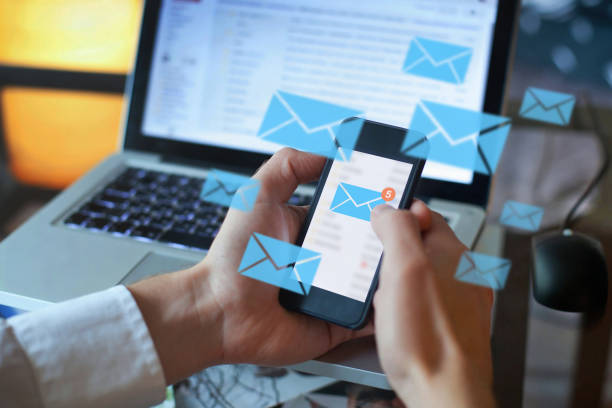The effectiveness of email marketing makes it one of the most vital communication means that businesses that want to get in touch with the target audience should consider. But, relevance plays a significant role in its effectiveness on Theban. Segmentation is used as one of the most potent approaches with the help of which it is possible to elaborate the means to ensure that your emails are interesting for the recipients. List segregation is the process of grouping your email subscribers into new groups on the basis of certain parameters. This way you are able to select and send relevant and appealing messages to the group ensuring that the groups needs are met in relation to the information they are receiving. Below are the steps to segmenting your email list in a proper way so that you can gain better result from the campaign.
Why should one segment his/her email lists?
Segmentation is essential for several reasons: Segmentation is essential for several reasons:
- Increased Open Rates: This will mean that there are higher chances of people opening the targeted emails since it will be addressing some of the issues which the users are interested in.
- Higher Click-Through Rates: This means that by taking the time to create unique content that will attract the target audience, a company will reap a lot of benefits from the campaigns because it will continue to attract a lot of attention.
- Reduced Unsubscribes: In general, content specificity positively affects the results and reduces the number of recipients choosing to opt out.
- Improved Conversion Rates: This is why a filtered message is vital as compared to publishing broad messages to achieve required actions like buy products or register for subscription services.
On the next page, there are concrete recommendations on the ways of segmenting your email list.
-
Gather Relevant Data
The following is the step by step process that can be followed for segmentation of email list: Begin by gathering all the relevant data that gives information about the subscribers. This data may include:
- Demographic Information: Sex, marital status, years in the current position, years in the current organization.
- Behavioral Data: The different histories include purchasing history in the website as well as email engagement metrics.
- Psychographic Data: Strategy, tastes, beliefs, raw living.
This can be obtained through calls-to-action, questionnaires, page-statistics, and monitoring further activity of the subscribers.
-
Define Your Segments
After that, sort your subscribers and gather all the necessary data you need based on some useful segments to analyze. Common segmentation criteria include:
- Demographics: The three factors that help in identifying a person include age, gender, and geographical location.
- Behavioral: Time of buying products, activity rates.
- Psychographics: Interests, preferences.
- Lifecycle Stage: Subscribers, starters, chasmatic category of users.
- Engagement Level: Who could be categorized as ‘highly engaged’, ‘moderately engaged’, ‘completely disengaged’.
-
Create Targeted Content
Now that your segments are in place, build appropriate content that will appeal and matter most to the addressed creatures. For example:
- New Subscribers: Subscribe to our newsletter: Top tips for energizing your workforce, New customer discount or offer: Save $10 on your first purchase, About us.
- Active Customers: Use in terms of offers for members only, items related to the previous purchasing history.
- Inactive Subscribers: Recamapaigns are specific calls to reactivate customer base and extras given to them induce action.
- Highly Engaged Subscribers: Some of what one might look forward to gaining by being a VIP include: VIP privileges, special gifts, complimentary invitations to VIP parties and events.
-
Utilize Automation
Use the online tools of email marketing that allow using the opportunity of prediction and automating the process of segmentation. Delivery of the emails can moreover be programmatic depending on the actions that have been done by the subscriber or the attributes that he/she has. This makes it possible to exchange information with your audience on the right time and in relevance with the current happening.
-
Monitor and Optimize
track the performance of the segmented email campaigns you are making continually. Some of the fast-growing segment indicators that need to be tracked include open rates, click-through rates, and actual conversions for each segment. Data should be utilized for the A/B testing of different content strategies and for refining the approach to segmentation.
Conclusion
When targeted, email marketing can be a very effective method of reinforcing timely communication; therefore, list segmentation is an effective way to increase engagement. When you know more about your audience and can establish communication to reach out to them with the materials and information that instantly responds to their interest and habits, your relationships with them become deeper and more productive for your business. Thus, first, get the proper data, do not mix things up, work with segments and create content for them, use automation tools, and experiment with your strategy regularly. By the time you get to these steps, it means that you are well-prepared for success in any of your email marketing ventures.

